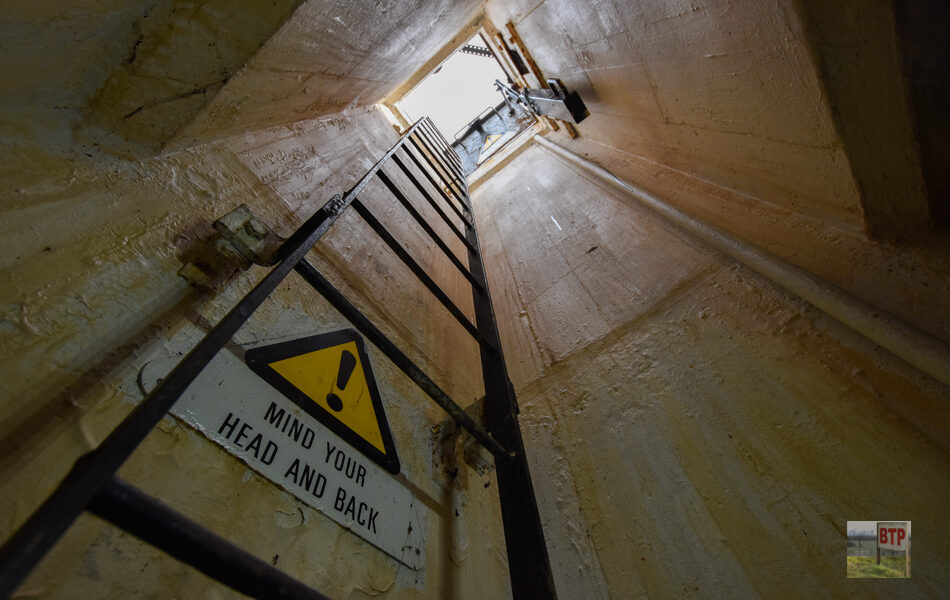Brennan Torpedo Station
Brennan Torpedo Station – Spherical Image – RICOH THETA The Brennan torpedo was invented by Louis Brennan in 1877. Two propellers were rapidly spun by wires wound up inside the torpedo being released. Once launched from a land station, the weapon could potentially hit a target 1,800 metres away, travelling up to 31mph. Whilst Louis…
View More









